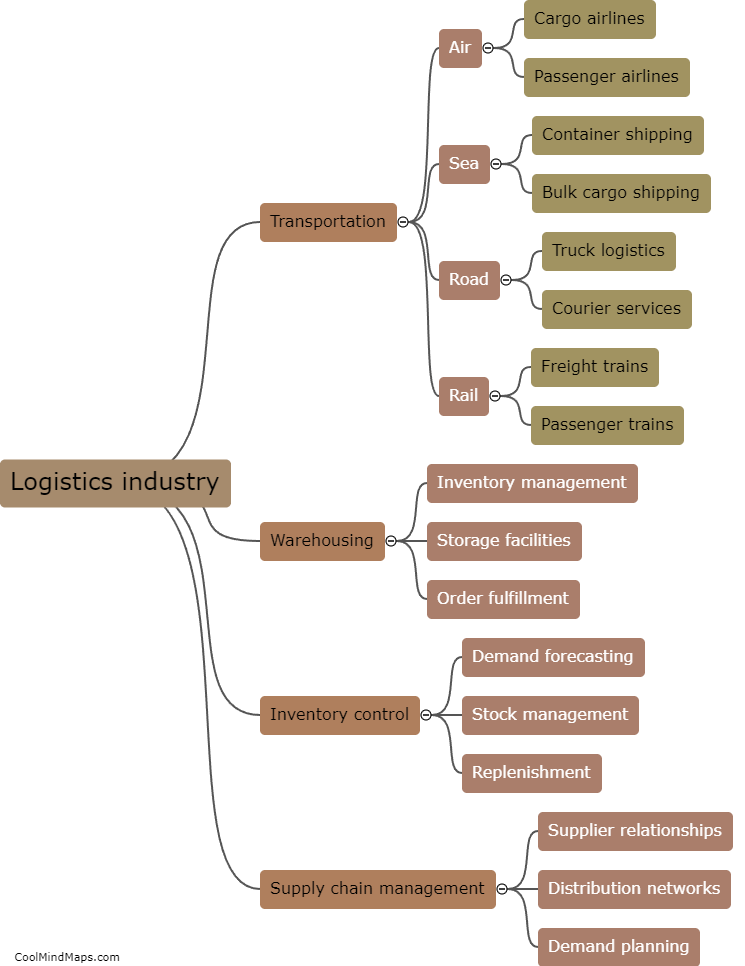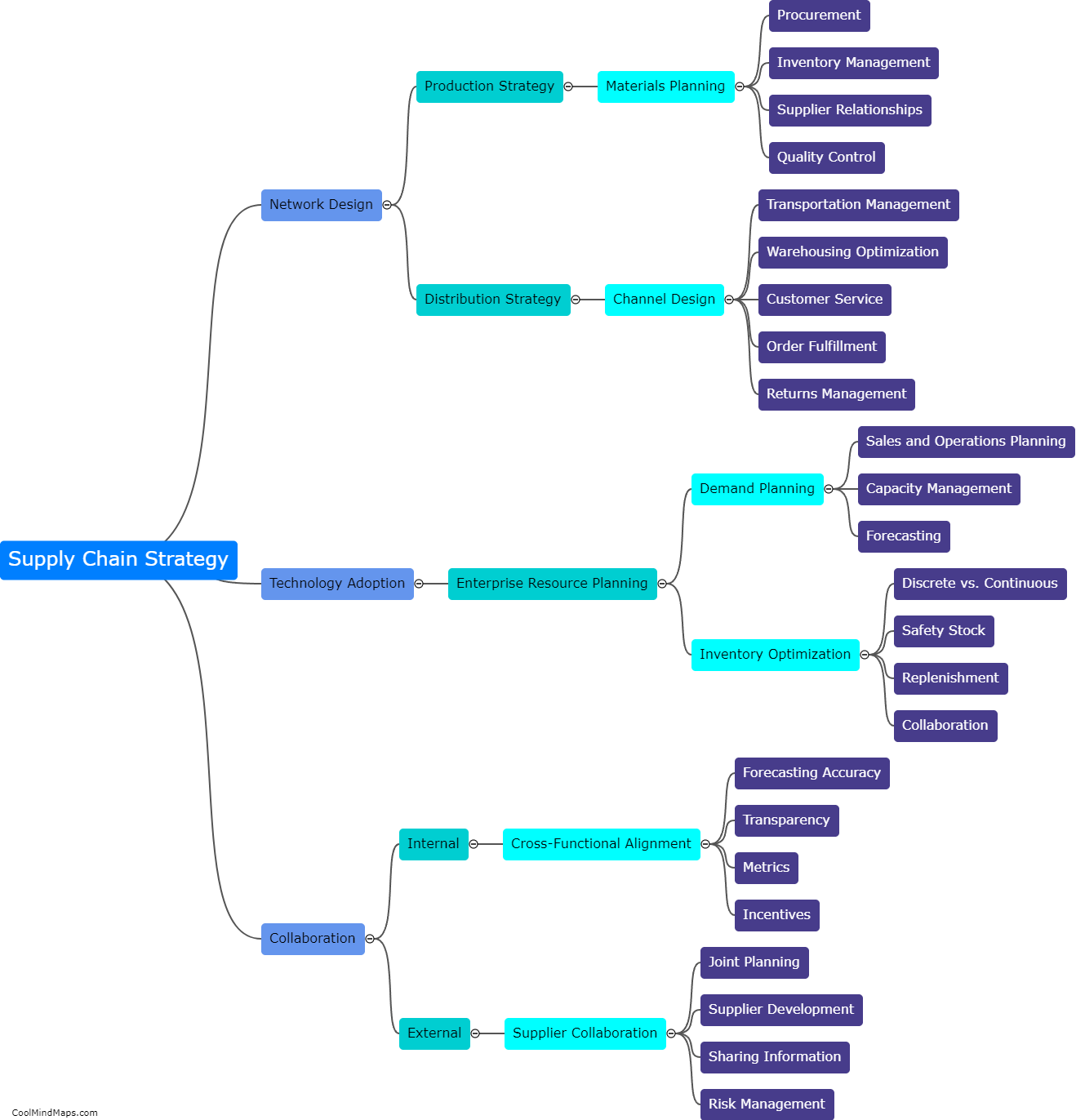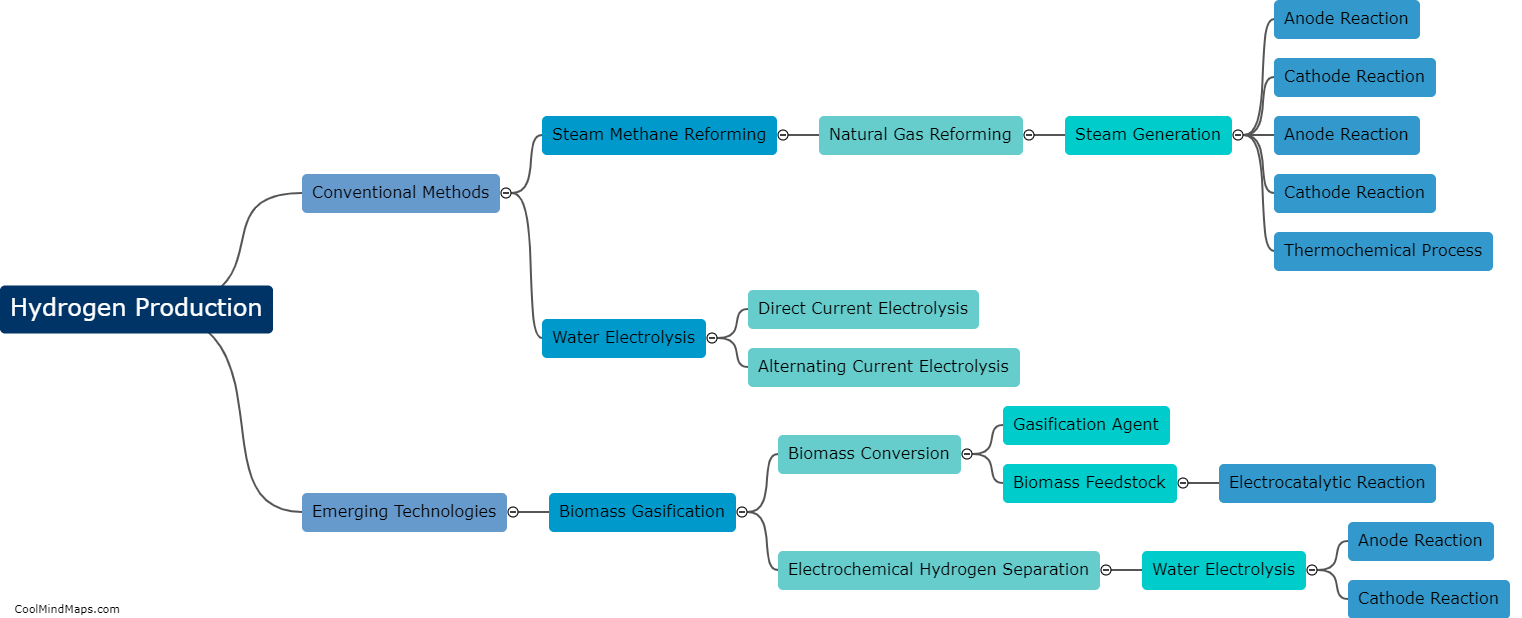What events led to the Battle of Hastings?
The Battle of Hastings, one of the most pivotal moments in English history, was the culmination of a succession crisis that arose following the death of Edward the Confessor, the King of England, in January 1066. The primary events leading to this iconic battle can be traced back to three key factors. Firstly, Harold Godwinson, a prominent English nobleman, was crowned as the new king, although his legitimacy was disputed by other claimants to the throne. This led to a power struggle between Harold and two rival contenders, Harald Hardrada of Norway and William, Duke of Normandy, who each believed they were rightful heirs to the English crown. In September 1066, Harald Hardrada launched an invasion known as the Battle of Stamford Bridge, which was successfully defended by Harold and his forces, but weakened the English army significantly. Shortly after, William the Conqueror invaded England with his Norman army, resulting in the Battle of Hastings on October 14, 1066, where William emerged victorious, forever altering the course of English history.

This mind map was published on 22 November 2023 and has been viewed 97 times.











